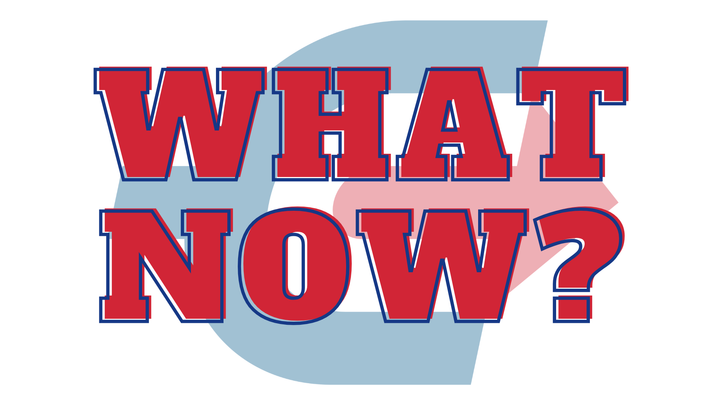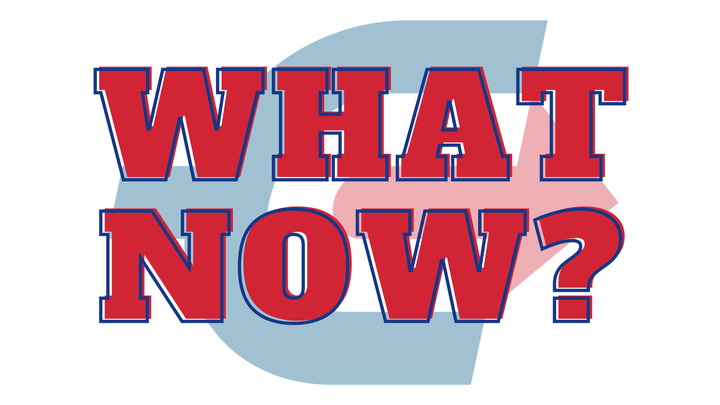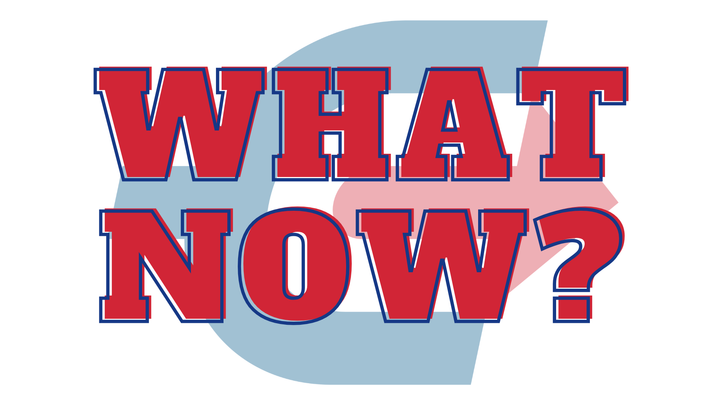Good or Bad or Simply Unsustainable? No Surprises Act Arbitration Process
Initial data show that the No Surprises Act’s arbitration settlements lean in favor of physicians; while practices may keep this in mind when deciding to engage with out-of-network disputes, this trend may change
What
Since 2022, the No Surprises Act (NSA) has been in effect to prevent medical bill surprises for patients who receive care from clinicians who fall outside of their health plan’s network. The law may not be delivering the savings to the healthcare system that were expected, according to a recent Brookings report and CMS data. As part of the NSA, the independent dispute resolution (IDR) process allows payers and providers to arbitrate out-of-network payment disputes without going to court. The process involves the health plan and hospital/physician group to each propose their idea of a fair payment/price for the services rendered, and a certified IDR entity reviews both. The arbitrator takes into consideration a qualified payment amount (QPA) — typically the median in-network rate for the service in a given area — and other factors, such as the provider’s level of training, and then makes a decision on how much the provider will be paid. When the NSA was first being considered, the Congressional Budget Office (CBO) predicted that the settled payments would be similar to QPAs. Brookings’ analysis of recent data from CMS, however, shows that negotiated payment amounts are greatly exceeding Medicare prices, historical in-network commercial rates, and QPAs across three service categories.
When
On February 15, 2024, CMS released the data on resolved IDR disputes between January 1, 2023 and June 30, 2023. Brookings published its report on the data in March 2024.
Key Highlights
- According to Brookings’ analysis of emergency, imaging, and neonatal/pediatric critical care services, settled IDR payments were approximately 3.7 times greater than in-network Medicare prices. These rates exceed the higher end of in-network rates for these services, falling closer to the historic out-of-network rates.
- The impact of the NSA’s IDR process has been the opposite of CBO predictions that settled IDR payments would be similar to QPAs, or median in-network rates. The Brookings authors opine that this may be because hospitals and doctors are submitting offers far higher than the QPA, whereas payers tend to submit offers only a bit higher than the QPA. Additionally, a majority of the dispute resolutions analyzed are from a small number of large, private equity-backed staffing firms that command higher in-network rates.
- These higher-than-expected IDR resolution payments are causing concern that health plans may pass on costs to members through increased prices and premiums.
Bottom Line
The No Surprises Act arbitration rulings are being decided in physicians’ and hospitals’ favor, allowing out-of-network specialists to earn well above the median in-network rates. Practices may take this current IDR environment into consideration when choosing whether to use their resources to engage in a surprise billing, out-of-network dispute with a payer. This trend may change, however, depending on guidance from the federal regulators who are concerned about the lack of savings from the program. If the IDR outcomes continue to increase costs, the sustainability of the program will be in doubt. Because of this, practices may want to track any updates from the federal government and other trends — like changes in payers’ behavior in the IDR process — to assess the potential impact on the IDR process for providers specifically.
Sources
Department of Health & Human Services, Department of Labor, Department of the Treasury. Supplemental Background on Federal Independent Dispute Resolution Public Use Files, January 1, 2023 - June 30, 2023. CMS.gov. Accessed April 12, 2024.
Fiedler M, Adler L. A First Look at Outcomes Under the No Surprises Act Arbitration Process. Brookings. Accessed April 12, 2024.




Comments ()